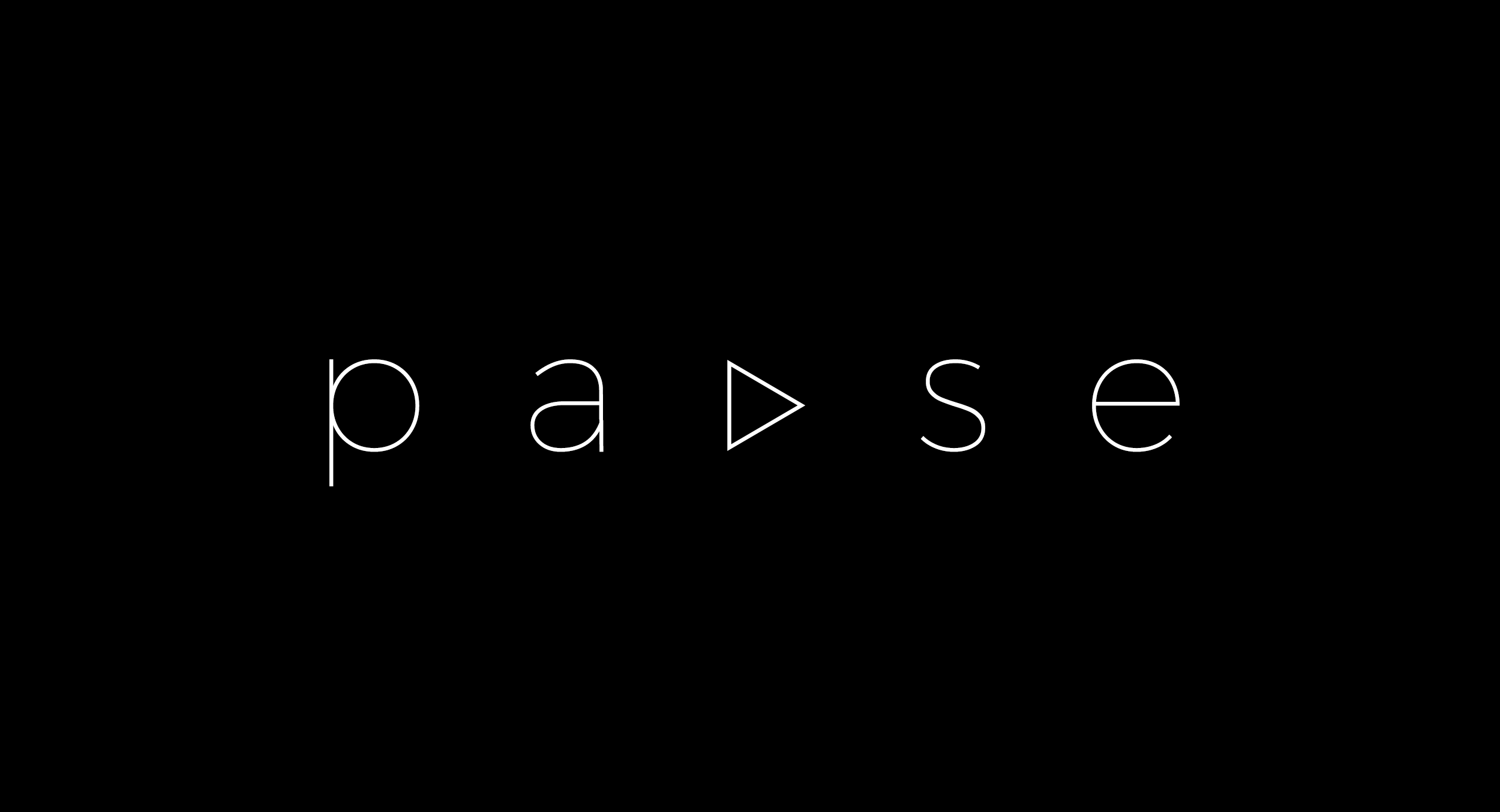Blog
- Explore how the Scaffolding Theory of Aging and Cognition (STAC) inspired the Quantum Superhuman Framework. This article bridges neuroscience and philosophy to propose a bold new path for proactive mental evolution.
Bridging STAC and the Quantum Superhuman Framework: A Conceptual Expansion
Abstract
This paper proposes a conceptual expansion of the Scaffolding Theory of Aging and Cognition (STAC) by introducing the Quantum Superhuman Framework (QSF). While STAC provides a neurobiological model of compensation in response to cognitive decline, QSF repositions scaffolding as a proactive tool for cognitive enhancement across the lifespan. The paper outlines how QSF incorporates neuroplastic principles while introducing philosophical and systemic elements, such as identity formation, intentional ritual, and neuroenergetic optimization. By comparing STAC and QSF, the paper aims to stimulate interdisciplinary dialogue and propose new research directions in cognitive development and mental architecture.
Introduction
The Scaffolding Theory of Aging and Cognition (STAC), as introduced by Cabeza, Nyberg, and Park (2009), provides a validated neuroscientific model describing how the brain adapts to age-related decline. This adaptation occurs through the recruitment of additional neural circuits or “scaffolds” to maintain function. The present document explores how this foundation may be conceptually expanded through the Quantum Superhuman Framework (QSF), a model that seeks to apply scaffolding not only as a response to decline but as a proactive strategy for enhancing cognitive function across the lifespan.
Foundations of STAC
STAC emphasizes that the brain is capable of structural and functional adaptation. Key principles include:
-
Scaffolding emerges to compensate for deterioration.
-
Scaffolds are influenced by life experience, engagement, and learning.
-
Neuroimaging studies show increased bilateral activation in aging adults.
These principles suggest that cognitive resilience is not fixed but modifiable. However, STAC primarily addresses how scaffolding mitigates loss rather than how it might be deliberately cultivated to foster elevation during cognitive peak years.
Conceptual Extension through Quantum Superhuman Framework
The Quantum Superhuman Framework builds on the assumptions of neuroplasticity and functional compensation by introducing a philosophical and systems-level model that treats scaffolding as a conscious design process. In this view:
-
Scaffolding is not only reactive but programmable.
-
Mental architecture can be curated to optimize cognition, identity coherence, and long-range thought.
-
Cognitive performance is linked not only to neural efficiency but also to the quality of inputs: nutrition, light, breath, narrative, and intention.
This approach proposes that individuals can intentionally build cognitive superstructures through routines and reflective practices that align with neurobiological principles.
Limitations in the Current STAC Model
While robust, the STAC model does not fully account for:
-
Proactive cognitive construction in younger populations.
-
The role of philosophical identity design in resilience.
-
Non-neural factors (such as mitochondrial energy systems or photobiomodulation) in supporting brain health.
-
The influence of narrative awareness or meta-cognition as a structuring force.
These areas remain underexplored within traditional cognitive neuroscience, providing an opportunity for interdisciplinary expansion.
Bridging Domains: A Correlative Table
| STAC Component | Quantum Superhuman Interpretation |
|---|---|
| Bilateral activation in aging | Cross-domain synthesis in optimized cognition |
| Frontal overactivation as support | Ethical reasoning and philosophical control |
| Learning enhances scaffolding | Curated knowledge as operating system input |
| Compensation for loss | Optimization for elevation |
| Variable aging outcomes | Self-directed mental evolution |
Scientific Foundation to Visionary Application
The evidence base of STAC confirms the malleability of the brain under pressure. The Quantum Superhuman Framework asks whether the same neuroadaptive principles can be consciously activated outside of decline, and whether intentional rituals informed by neuroscience can serve to preemptively scaffold against entropy.
This is not a rejection of STAC but a reframing of its assumptions through a developmental lens. Where STAC says the brain adapts, Quantum Superhuman proposes that the mind can be trained to design its own evolution.
The Role of Protocols
The Quantum Neural Optimization Protocol (QNOP) is one example of how this theory is translated into daily practice. It integrates:
-
Light exposure and redox signaling
-
Breath and oxygen optimization
-
Nutritional support for BDNF and synaptogenesis
-
Narrative journaling and identity formation
These interventions align with biological pathways discussed in cognitive neuroscience but extend their application into accessible, non-clinical frameworks.
Contribution and Future Exploration
By expanding STAC into a broader cognitive design framework, this work aims to:
-
Promote dialogue between neuroscience, philosophy, and behavior design
-
Offer a system for non-clinical cognitive enhancement based on scientific foundations
-
Suggest research pathways to validate proactive scaffolding strategies
This paper does not propose a clinical intervention or make therapeutic claims. Instead, it presents a conceptual extension of existing models to support mental optimization in the general population.
Keywords
Cognitive scaffolding, STAC, neuroplasticity, cognitive enhancement, intentional design, cognitive architecture, philosophical neuroscience, Quantum Superhuman Framework
References
Cabeza, R., Nyberg, L., & Park, D. C. (2009). Cognitive neuroscience of aging: Linking cognitive and cerebral aging. Cerebral Cortex, 19(suppl_1), i1–i6.
Additional references will be included as the model continues to integrate current findings from neurobiology, learning science, and systems theory.





No Comments
Signup or login to leave a comment